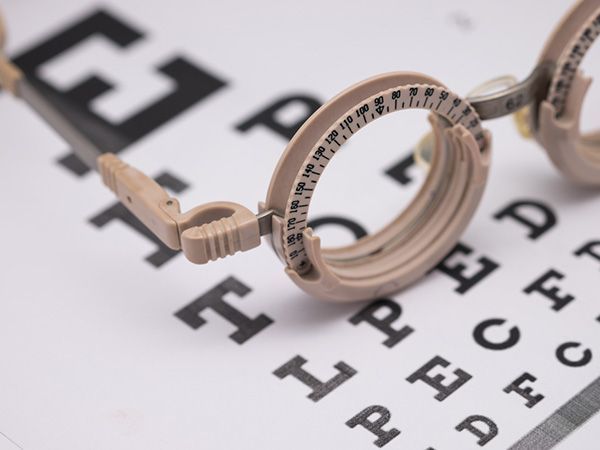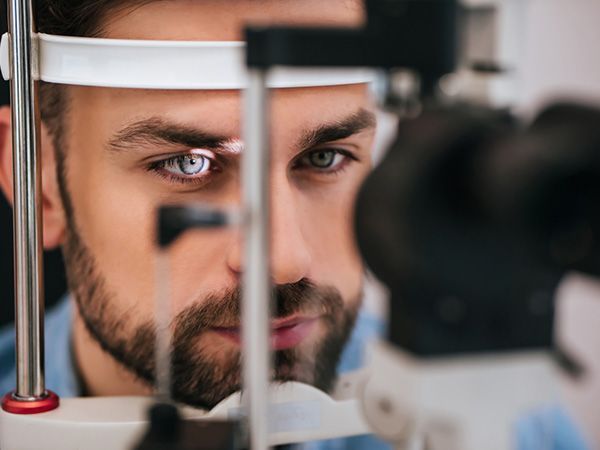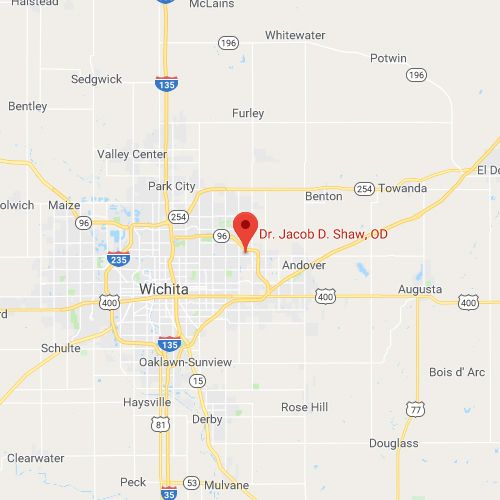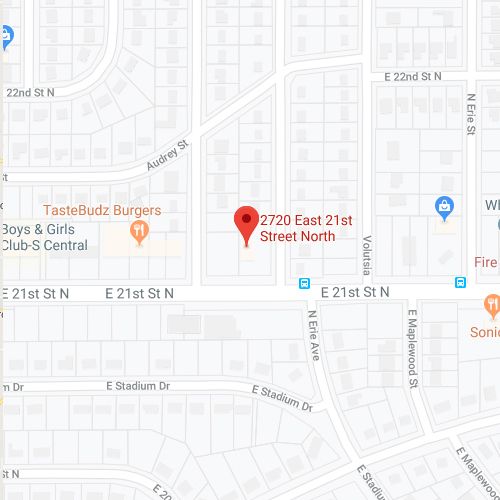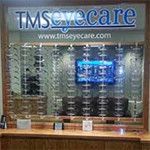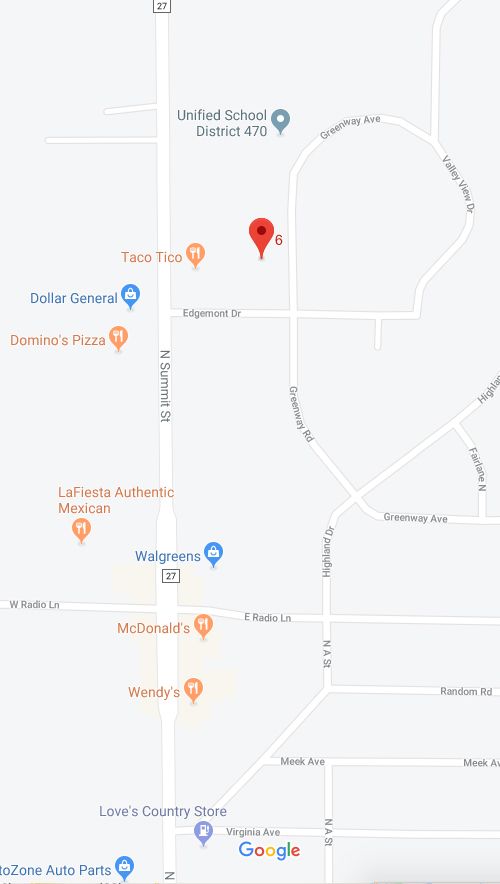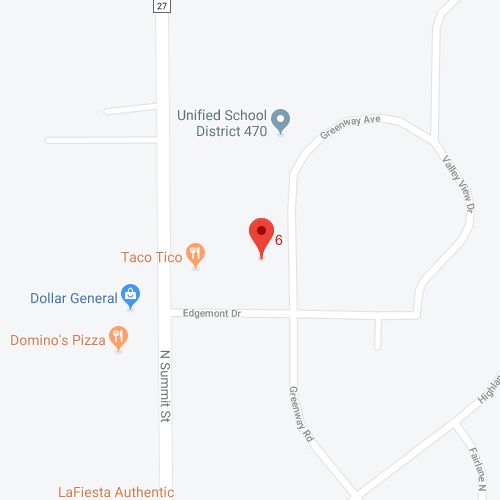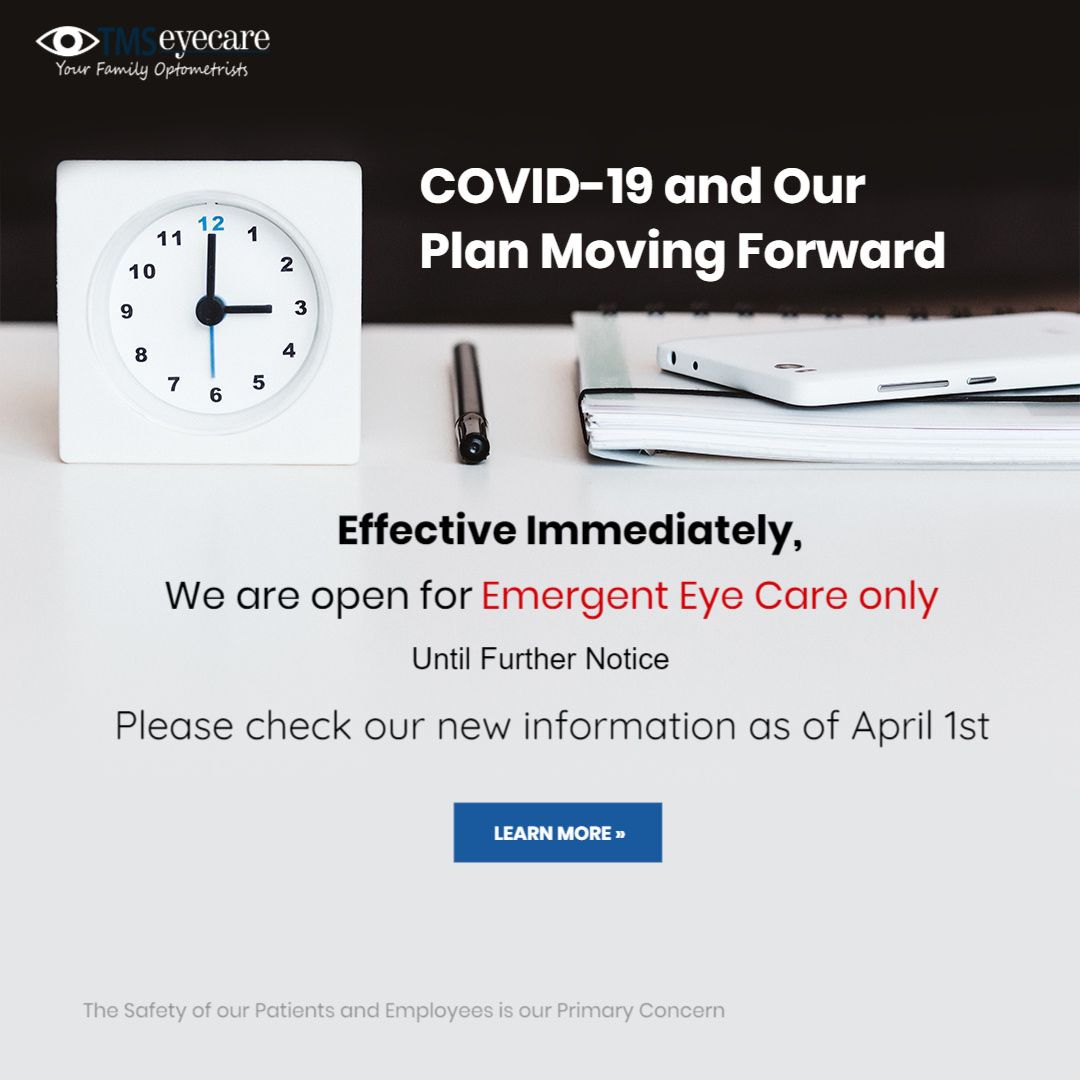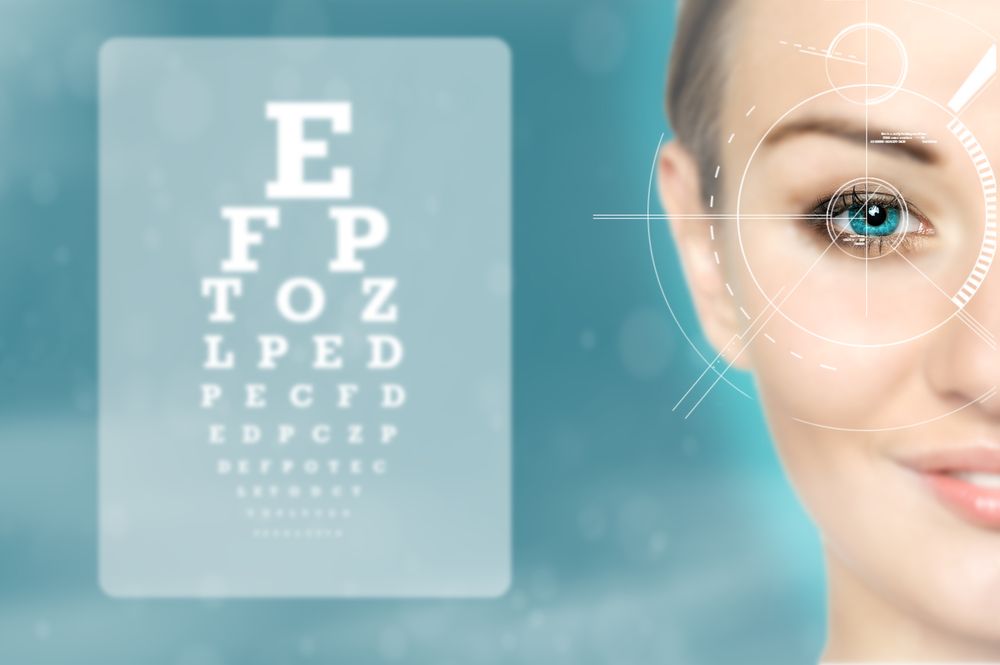
In order to determine if you have a refractive eye error that means that you would benefit from prescription lenses to improve the clarity of your vision, you will need to undertake visual acuity testing. This is the part of an eye exam that most people are familiar with. You will be sat in a chair and asked to read a series of letters that appear on a wall a specific distance away from you. These letters will vary in size, and you will be asked to read as many as you can.
If a refractive eye error is diagnosed, you will need to make a decision as to whether you want to wear glasses or contact lenses. If you choose contact lenses, you will need to undergo specific contact lens exams in addition to your visual acuity testing.
We are able to offer contact lens exams performed by our experienced and skilled eye doctors, here at our family optometry centers in Wichita and Arkansas City, KS.
Why are Contact Lens Exams Necessary?
Once you have made the decision to use contact lenses instead of or in addition to regular glasses, you will be referred for a contact lens exam. This is necessary for several reasons. Firstly, we will want to be certain that you are a good candidate for contact lenses and that they are the best solution for you. Despite being very successful, they are not automatically the right choice for every patient. Corneal abnormalities, allergies, and certain eye conditions can mean that contact lenses aren’t recommended for you.
Another reason why contact lens exams are necessary is because of where the lenses sit in proximity to the cornea. Where glasses sit a very short distance away, contacts are placed directly onto the surface of the eye. This means that the prescription strength needed for contacts will be different from that needed for glasses.
What Happens in a Contact Lens Exam?
Just like a regular eye exam, a contact lens exam involves multiple different elements. Your contact lens exam is likely to include:
An assessment that determines how curved your cornea is. This is important for us to determine if contact lenses are suitable and which type of contacts will be the most comfortable and effective. To do this we may use a tool called a keratometer. This measures the surface eye area and the gradient of the curve. We may also use a corneal topographer which is used to create a 3d map of the curvature of the cornea.
Measurements of the size of your iris/pupil are needed, again to ensure that your contacts are a good fit. This can be done in one of two ways – manually using a hand-held measuring device similar to a rule, or a slit lamp exam.
An assessment of your tear film production. Sufficient healthy tear flow production is essential for your eyes to remain properly lubricated and comfortable when wearing your contact lenses.
Contact lens fitting. As the name suggests, this element of your contact lens exam uses a generic lens of the type and size we have recommended for you to make sure that it is a comfortable fit and that you are able to place it in your eye and remove it with ease.
If you would like more information about contact lenses, or to schedule a contact lens exam with our expert optometrists, please contact any of our Kansas office locations today.


